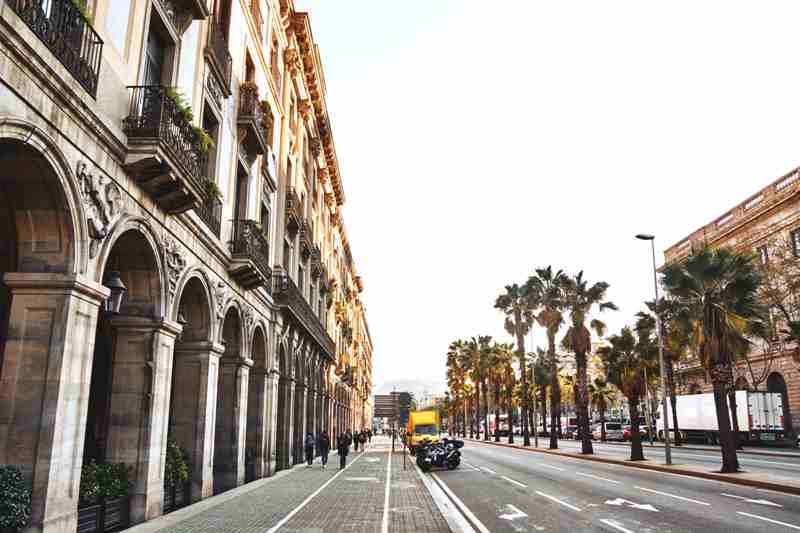
Barcelona Gets More Foreign Tourists for Linguistic Stays
In 2018 not only more foreign tourists arrived in Barcelona than in 2017, but they also spent more, both globally and individually. The number of international visitors reached over 12 million – exactly 12,064,592 – out of a total of 15.8 million tourists, according to municipal statistics, 4.3% more than the previous year.
Tourists have dedicated to their trips to Catalan capital 13,420 million euros, which supposes 6,9% interannual growth. The average per-person raised to 1,112.41 euros, 2.4% more. The city’s attractiveness remains strong and that its economic impact also evolves positively, even better than expected.
Many reasons encourage students from all over the world to become Spanish speakers. For example, the fact that this language is the official language in 20 countries, the second most spoken language in the United States, the third most used on the Internet and the second language of international communication.
The rise of Barcelona in the tourism industry

The results seem to indicate a recovery of tourist activity, which fell in the last quarter of 2017 and the beginning of 2018. This was already confirmed at the end of the year, and it continues at the beginning of 2019.
The latest data available, corresponding to January, shows that this upward trend is still going. For example, tourists staying in hotels registered by Gremi d’Hotels and informed by Turismo de Barcelona, grew by 8.2% compared to the same month of 2018, with a strong boost from foreigners, which increased by 11.2%. Spanish tourists, on the other hand, decreased by 0.7%, a value less negative than in previous months.
A great majority of tourism aims to learn and manage the Spanish language during the holidays. The market has started years ago to develop and improve techniques for this particular audience. Located in beautiful Barcelona, Expanish is one of the most popular schools that offers short and long term courses for English speakers.
Benefits of language tourism

Benefits that come with the development of language tourism are multiple. For example: offer diversification; deseasonalization of tourism demand; high consumption of cultural services; high economic profitability (the average annual expenditure of Spanish students is close to 300 million euros) or high average stay (four times longer than ordinary tourists).
Equally noteworthy is the consumption of complementary services (transportation, accommodation, restaurants, etc.); the positive effects on the image of the destination; as well as synergies with other tourist typologies.
Spanish trend
According to research, 577 million people speak, read and write Spanish in different degrees around the world. The figure is equivalent to just under 8 percent of the world’s population, but it is still a high percentage in relation, for example, to French, Arabic or Portuguese.
In fact, behind Mandarin Chinese (which has 950 million speakers), it is the second language with most users (either with native domain, limited competence and/or as students) of the planet.
It also occupies that position in the table of mother tongues, with a total of 480 million native speakers.
Quantity is not power

Despite these numbers, Spanish still does not access the podium of the most powerful languages.
Although slightly located behind French, Spanish occupies the fourth position of the payroll that leads with wide advantage English and seconded Chinese. However, everything indicates that in a few more years positions three and four will be exchanged with the growing demographic impact of those who speak Spanish.
In economic terms, for example, Spanish surpasses French, Arabic and Russian, according to World Bank data. Although at a great distance from English and Chinese (linked to the main global economies), the dispersion of Spanish throughout an entire continent (and more) makes it possible to provide data that is not at all low: Spanish-speaking countries contribute to 6.9 percent of world GDP.
However, two-thirds of GDP associated with Spanish are generated between North America (the United States, Canada, and Mexico) and Europe, regions that also account for 78 percent of the purchasing power of speakers of our language.
The American key
The demographic Spanish growth has one of its most interesting examples in the United States.
The largest world power experiences a phenomenon of cultural exchange of vast proportions, with almost 18 percent of its population of Hispanic origin, according to the 2016 census.
And everything indicates that this number will keep growing.




